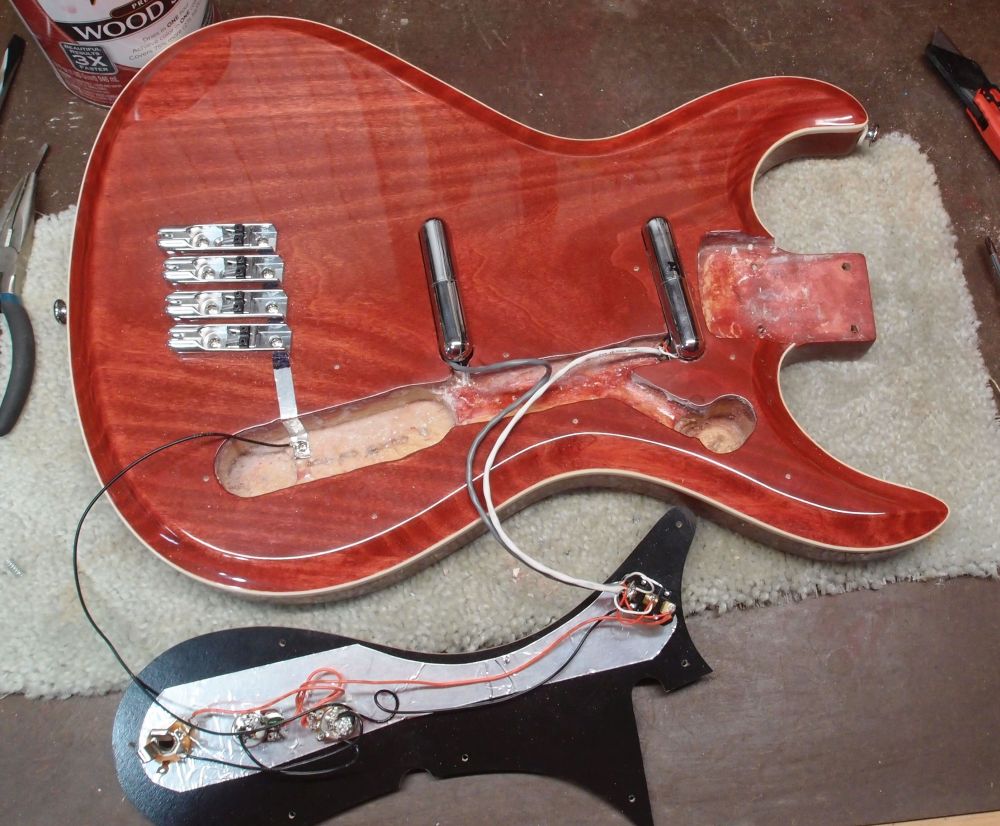September 12, 2020
Compare & Contrast
September 12, 2020
He's not doing it here, but Bruno Mars can play pretty much any instrument you throw at him. He's like an even-smaller version of Prince.
How come people don't spontaneously tap dance any more? There was a time when the big stars in Hollywood were triple-threats - sing, dance, and act. How many Hollywood stars can do even one of those things nowadays?
The willowy brunette that is in every other scene is Eleanor Powell. And a sharp eye will spot James Cagney several times - Hollywood's go-to villain was a song-and-dance guy at heart.
This is what Nashville session musicians get up to in their spare time.
